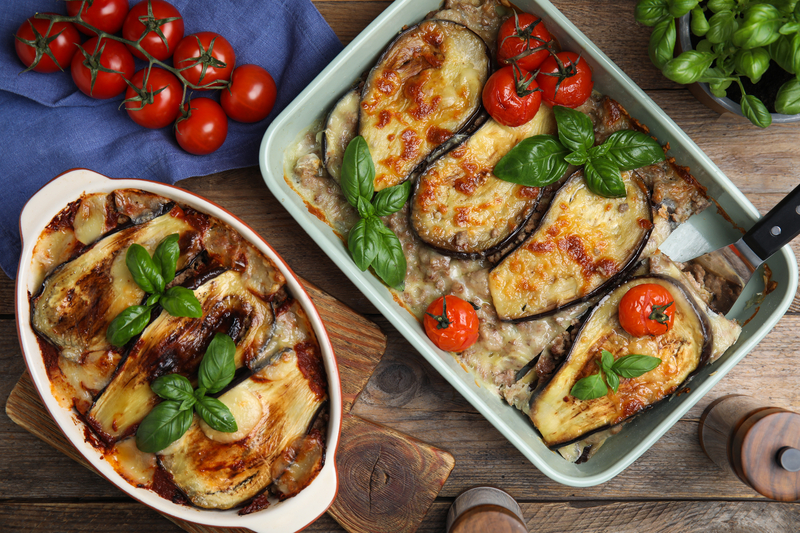 Baking is not just a culinary art; it also involves choosing the right materials for your cookware.
Baking is not just a culinary art; it also involves choosing the right materials for your cookware.
The safety of the materials used in baking is crucial to ensure that your food remains free from harmful substances.
In this article, we will explore various baking materials and identify the safest options for a healthy cooking experience.
Stainless Steel: A Timeless Choice
 Stainless steel is a popular choice for baking due to its durability and resistance to corrosion.
Stainless steel is a popular choice for baking due to its durability and resistance to corrosion.
It does not react with acidic or alkaline ingredients, making it a safe option for various baking tasks.
Stainless steel baking sheets, pans, and mixing bowls are widely available and easy to clean, making them a staple in many kitchens.
Glass Bakeware: Transparency and Safety
 Glass bakeware is known for its transparency, allowing you to monitor the browning and cooking process without opening the oven door.
Glass bakeware is known for its transparency, allowing you to monitor the browning and cooking process without opening the oven door.
It is non-reactive, meaning it won’t leach any chemicals into your food.
However, it’s important to avoid sudden temperature changes with glass bakeware to prevent breakage.
Ceramic Cookware: Stylish and Safe
 Ceramic bakeware has gained popularity for its stylish appearance and even heat distribution.
Ceramic bakeware has gained popularity for its stylish appearance and even heat distribution.
It is a non-reactive material, ensuring that your food remains free from unwanted substances.
Be sure to choose lead-free and cadmium-free options to ensure the safety of your ceramic bakeware.
Silicone: Flexible and Non-Stick
 Silicone bakeware has become increasingly popular due to its flexibility and non-stick properties.
Silicone bakeware has become increasingly popular due to its flexibility and non-stick properties.
It is generally considered safe, as it does not release any harmful chemicals when heated.
However, it’s essential to use high-quality, food-grade silicone to avoid any potential health concerns.
Cast Iron: Time-Tested Durability
 While cast iron is more commonly associated with stovetop cooking, it can also be used for baking.
While cast iron is more commonly associated with stovetop cooking, it can also be used for baking.
Cast iron pans and skillets are known for their durability and even heat distribution.
Seasoned properly, cast iron becomes naturally non-stick, eliminating the need for chemical coatings that may pose health risks.
Avoiding Non-Stick Coatings with PFOA
 Non-stick bakeware coated with perfluorooctanoic acid (PFOA) has raised health concerns.
Non-stick bakeware coated with perfluorooctanoic acid (PFOA) has raised health concerns.
PFOA is a chemical that can be released when the cookware is heated at high temperatures.
To ensure safety, consider alternatives like stainless steel, glass, or ceramic, especially when baking at high temperatures.
Aluminum: Caution with Acidic Ingredients
 Aluminum bakeware is lightweight and conducts heat well, but it can react with acidic ingredients, potentially leaching into the food.
Aluminum bakeware is lightweight and conducts heat well, but it can react with acidic ingredients, potentially leaching into the food.
To minimize this risk, choose anodized aluminum, which has a protective layer that prevents direct contact between the metal and the food.
Bottom Line – What is the Safest Material to Bake With?
 When it comes to baking, choosing the safest materials is essential for the well-being of your family.
When it comes to baking, choosing the safest materials is essential for the well-being of your family.
Stainless steel, glass, ceramic, silicone, and cast iron are excellent choices, each with its unique benefits.
By understanding the properties of different materials, you can make informed decisions to create delicious and safe baked goods for everyone to enjoy.


